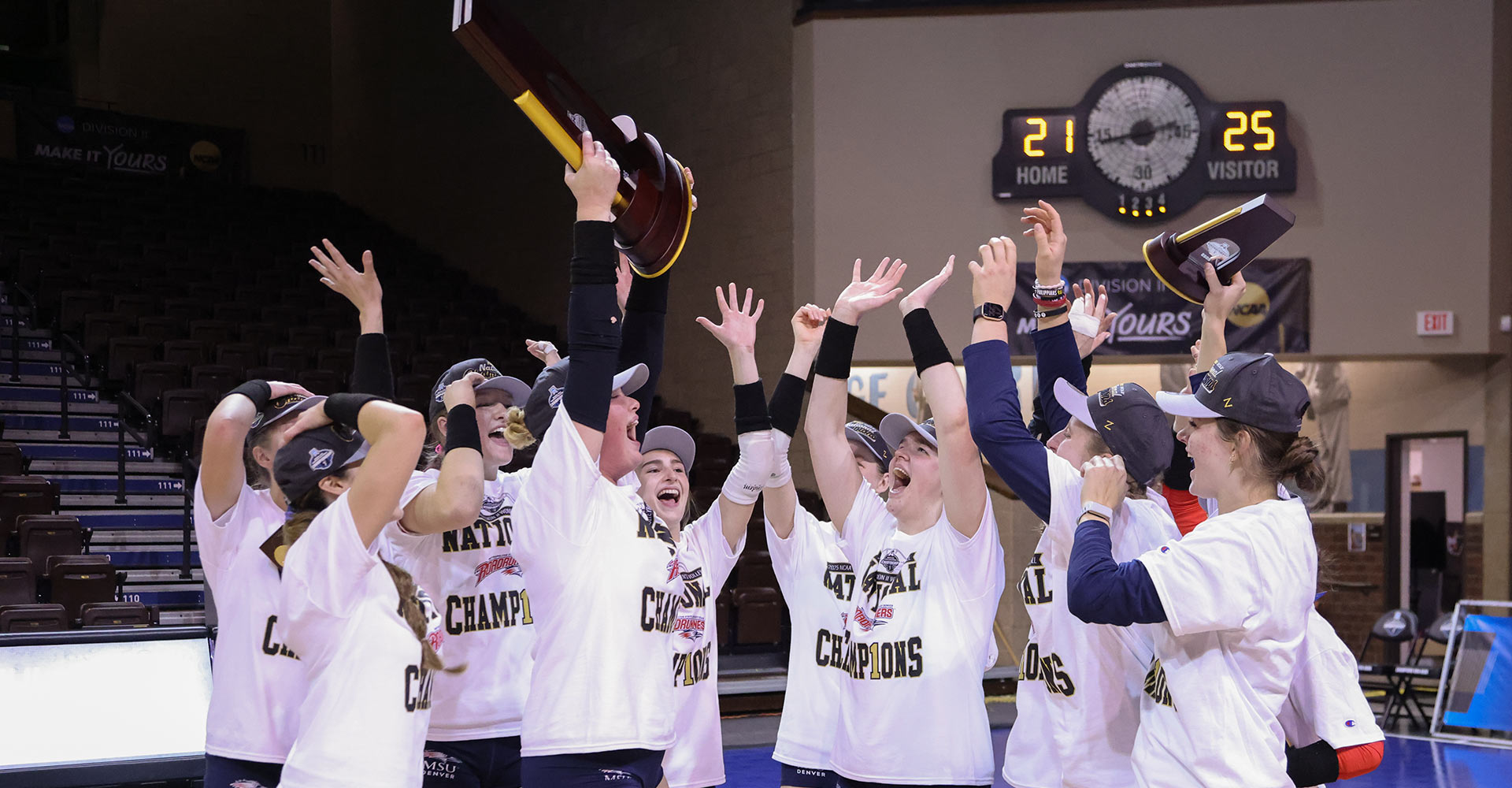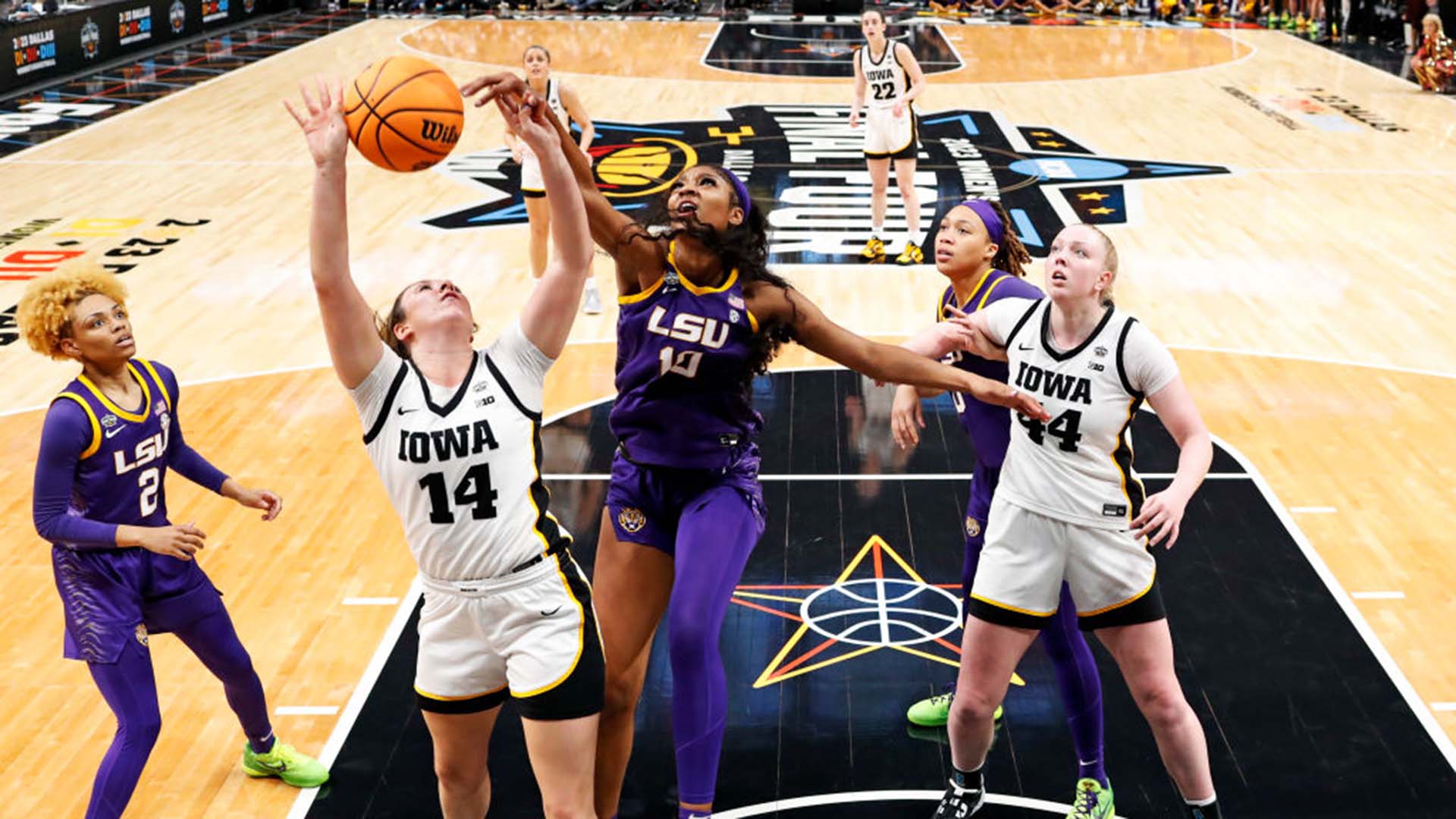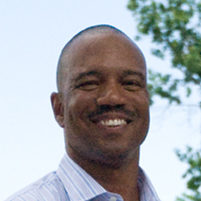50 years of women in sports
Head basketball coach Tanya Haave reflects on the impact of Title IX.
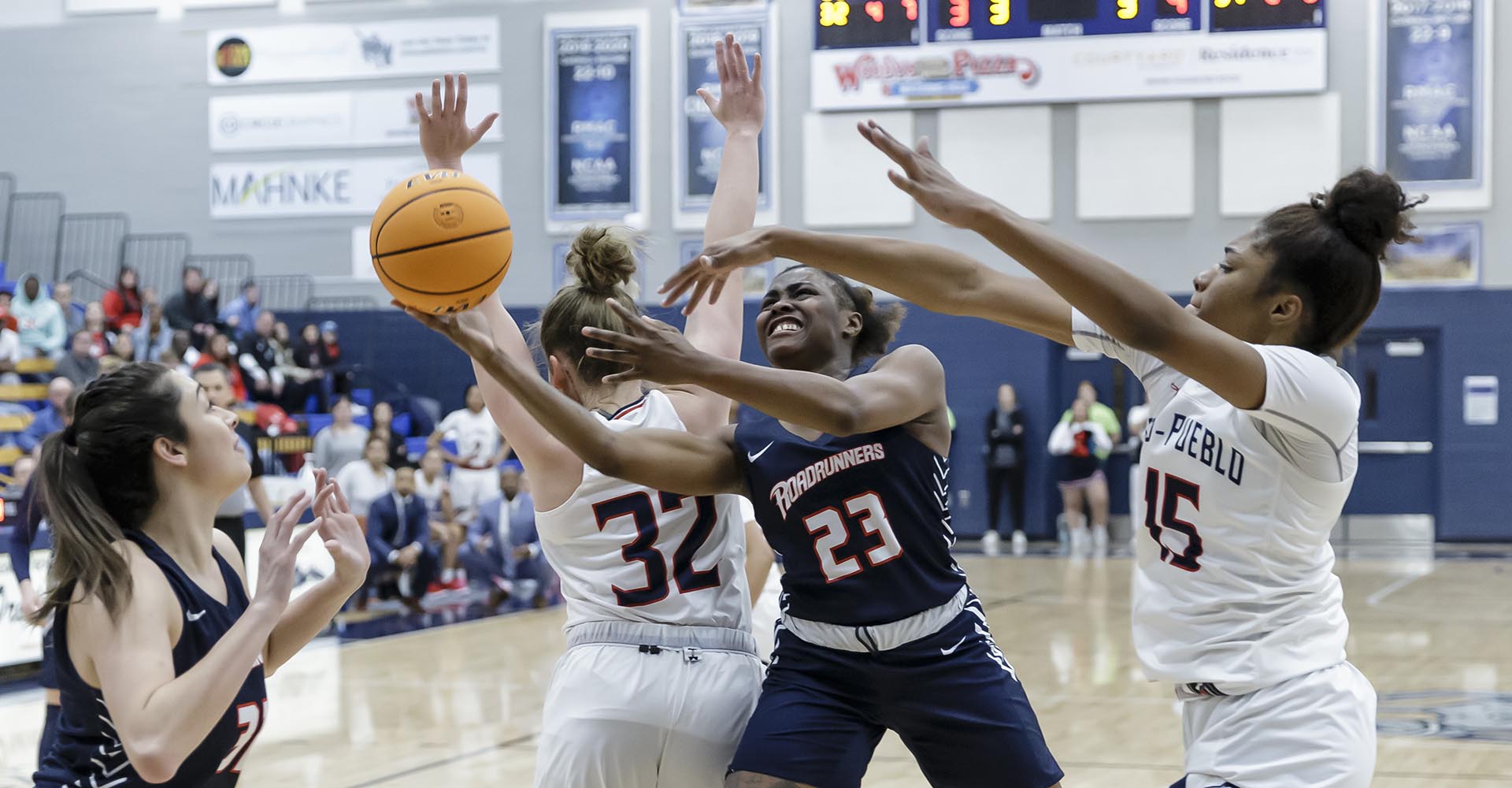
Tanya Haave, women’s head basketball coach at Metropolitan State University of Denver, didn’t play an organized sport until she was in the eighth grade, three years after Title IX was passed by Congress in 1972. Before that landmark legislation 50 years ago, she was restricted to playing sports with neighborhood friends, mostly boys, or to attending summer basketball camps, of which there were only two in Denver.
Title IX states that “No person in the United States shall, on the basis of sex, be excluded from participation in, be denied the benefits of, or be subjected to discrimination under any education program or activity receiving Federal financial assistance.”
Before Title IX, only about one in every 27 girls participated in sports in the U.S., and only about 300,000 American high school girls played competitively. From that number, only about 10% went on to play sports at the collegiate level. Haave was fortunate to do so, she said, considering the timing.
“Playing at the college level was a great opportunity and was one that the boys had had for a long time,” Haave said. “Some women who are a little bit older than me, just pre-Title IX, didn’t have the opportunity to play in school.”
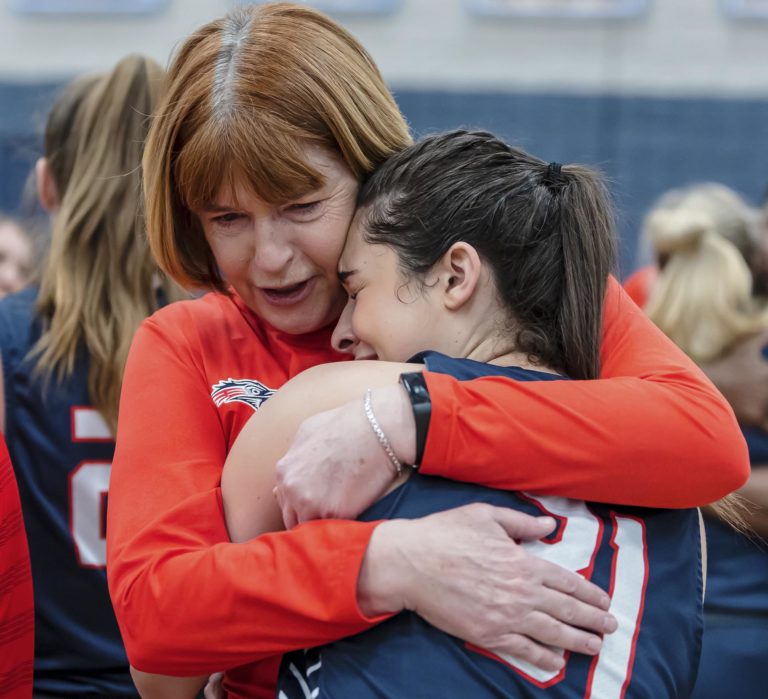
The collegiate landscape
Before the National Collegiate Athletic Association, women relied on the Association for Intercollegiate Athletics for Women, established in 1971, to compete in sports at the college level. With the success of the AIAW, the NCAA finally saw a profitable opportunity in women’s sports and began to recruit teams to join. With a much bigger budget, this ultimately caused the end of the AIAW in 1982.
However, the NCAA adopted Title IX slowly. Because the organization didn’t receive federal funding, it argued that it wasn’t subject to the new law. It took the NCAA almost a decade to give women the chance at winning an official collegiate national championship, beginning in the early 1980s:
Volleyball, 1981
Basketball, 1982
Softball, 1982
Swimming, 1982
Gymnastics, 1982
Golf, 1982
Soccer, 1982
Track and field, 1983
One of the top players in women’s basketball history, Haave came into college sports at just the right time for women. While at the University of Tennessee, she consecutively led her team to a runner-up finish in Tennessee’s final AIAW appearance and the program’s first-ever NCAA Final Four in its inaugural year. She left the program as the Volunteers’ all-time leading scorer and still ranks 10th. She’s happy to continue her legacy by helping to shepherd the next generation of women athletes.
“I remember the night that (the scoring record) happened,” Haave said. “I’m talking with Pat (Summitt, Women’s Basketball Hall of Fame coach), and she said, ‘Oh, that record won’t be broken for a long time,’ and I said, ‘Oh, yeah it will.’ And I’m glad I was right.”
Setting the record straight
Now, two in every five girls play sports competitively, and the NCAA has over 200,000 women athletes. The audience for women’s sports has grown considerably as well. The NCAA women’s volleyball championship in December drew a record 1.2 million viewers on ESPN2. For comparison, 1.14 million viewers watched the Major League Soccer Cup final just days prior.
RELATED: Volleyball team claims No. 1 ranking
In the Beijing Winter Olympics, the women’s gold-medal hockey game between the U.S. and Canada averaged 3.54 million viewers, according to the Athletic, more than any National Hockey League game has had this season. U.S. women also earned more medals than men in the four most recent Summer Olympics and the last two Winter Olympics.
Legal strides have been made as well. The U.S. Women’s National Team recently settled its lawsuit against U.S. Soccer to earn the same pay as the men’s team. And as the result of a recent gender-equity review, “March Madness” will now include the Women’s NCAA Basketball Tournament in its branding.

Closing the gender gap
Even with these and other advancements, women continue to face challenges in the sports industry. Women athletes are paid significantly less than their male counterparts, receive less media coverage and in some cases are given subpar equipment.
MSU Denver is leading the way in women’s sports, with more women athletes (144) than men (111) and more women’s teams (nine) than men’s (seven) as well. Of the nine women’s teams, eight are coached by women, a rarity welcomed by Haave, who was once the only woman coach in women’s basketball in the region.
Now, local colleges and universities host over 20 summer camps per year for girls of all ages. Haave hosts three per summer at MSU Denver alone to ensure that girls have the opportunities that she never did.
“We’ve come a long way,” Haave said, “but there’s still a long way to go.”
RELATED: Set for success

